Transforming the historic Hockessin school that ended segregation into aCenter for Diversity, Inclusion & Social Equity
- Emma Lazarus
The Hockessin Colored School #107 was built in 1920 and played a monumental role in the 1954 U.S. Supreme Court ruling, Brown v. Board of Education, which desegregated schools nationwide.

Shirley Bulah walks the 2 miles to and from HCS #107. A school bus transporting white children passes her every day.
Parents Fred and Sarah Bulah write Delaware Governor Carvel asking the state to provide their daughter, Shirley, with transportation to school.
They are rejected.
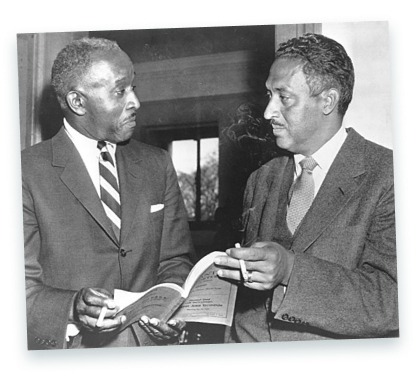
Attorney Louis L. Redding files Bulah vs. Gebhart in the Delaware Court.
Chancellor Collins J. Seitz declared that separate African American schools offered inferior educational opportunities when compared to white schools and ordered the immediate admission of African American students to the white schools.
The Hockessin Schoools are desegregated.
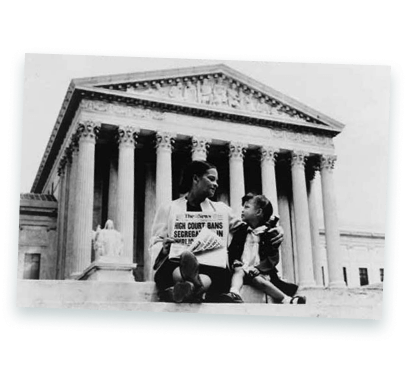
Bulah v. Gebhart is combined with 4 other cases to become the landmark Brown vs. Board of Education Supreme Court case.
US Supreme Court overturns Plessy v. Ferguson by stating, 'separate but equal, is in fact, not equal at all.
School segregation is declared unconstitutional.
“We could no more let HCS #107 be torn down or lost to commercial development, than we could allow another promising student of color to drop out of high school based on some artificial barrier of geography, income or perceived cultural deficiency.”
Judge Leonard Williams – Founding Chairman of The FOHCS




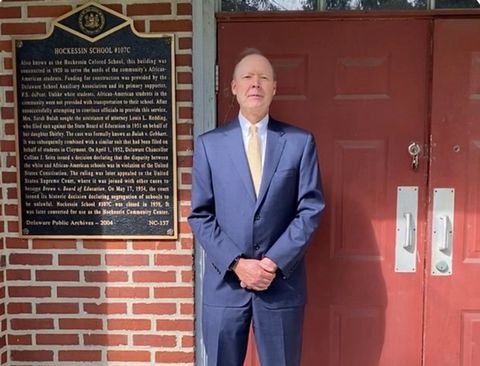
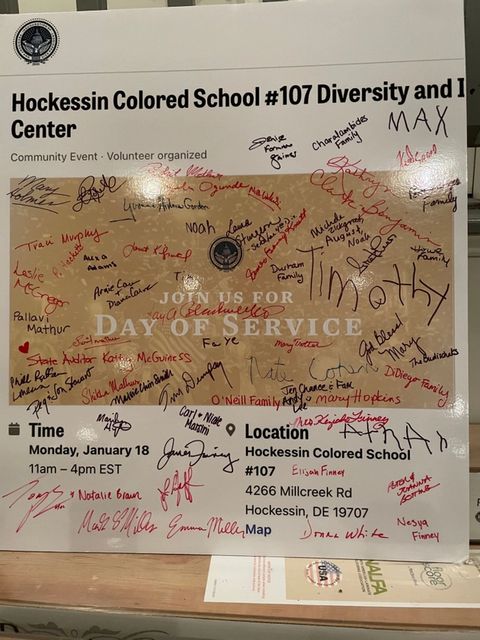

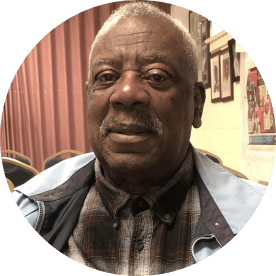

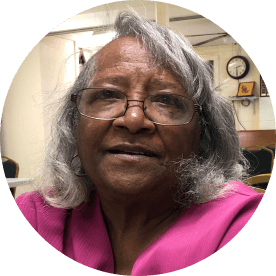

When the U.S. Supreme Court struck down school segegration in 1954, many black students found a hostile backlash at the previously all white schools they attended.
In part 2 Delmarva Public Radio's Don Rush takes a look at what happened to those students and the efforts to renovate the old African American school in Hockessin that was part of the historic decision.




